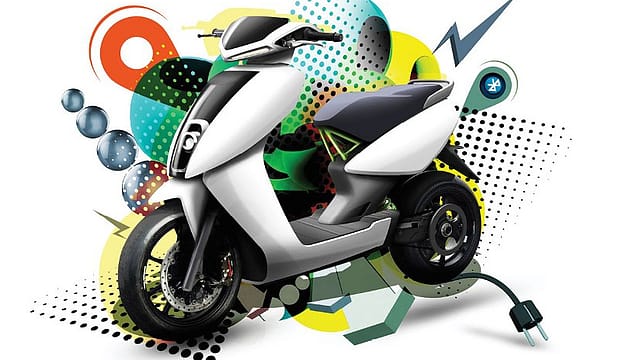Union Cabinet okays ₹10,000 crore outlay for FAME-II
ADVERTISEMENT

The Union Cabinet announced the second phase of the Faster Adoption and Manufacturing of (Hybrid) and Electric Vehicles (FAME) scheme late on Thursday. The scheme is aimed at promoting electric mobility and alternative fuels in the country.
Finance minister Arun Jaitley announced an outlay of ₹10,000 crore for a period of three years with effect from April 1, 2019. The first phase of the scheme had an allocation of ₹895 crore. The second phase of the scheme comes after a two-year delay, as it was expected in 2017 when the tenure of phase 1 ended. Its first phase was initially launched for two years till March 31, 2017 but was extended four times for six months till March this year.
“Faster adoption of electric and hybrid vehicles by way of offering upfront incentive on purchase of electric vehicles and also by way of establishing necessary charging infrastructure for EV,” Jaitley said in his statement.
Through FAME, the government is looking to achieve 30% electric mobility by 2030. Though the scheme offers huge benefits for commercial vehicles, two-wheelers, public transport and the EV infrastructure, but there is not much for private four-wheelers.
Right after the announcement, NITI Aayog CEO Amitabh Kant tweeted, “Gr8 move! Govt drives a paradigm shift towards electric vehicles, battery & charging stations through FAME-2. Approves ₹10,000 Cr scheme with emphasis on 2 & 3 wheelers. Aim is to bring cost of ownership on par with combustion vehicles & shift consumer demand towards EVs.”
January 2026
Netflix, which has been in India for a decade, has successfully struck a balance between high-class premium content and pricing that attracts a range of customers. Find out how the U.S. streaming giant evolved in India, plus an exclusive interview with CEO Ted Sarandos. Also read about the Best Investments for 2026, and how rising growth and easing inflation will come in handy for finance minister Nirmala Sitharaman as she prepares Budget 2026.
The scheme is likely to support 1 million e-two-wheelers, 500,000 e-three-wheelers, 55,000 four-wheelers and 7,000 e-buses.
Pawan Goenka, managing director of Mahindra & Mahindra, said that the government’s support with the FAME II scheme is holistic and includes focus on charging Infrastructure with a clear emphasis on “Make in India”.
“We feel that it is now the responsibility of suppliers, OEMs and mobility service providers to invest in EVs and make India’s EV dream become a reality. The new outlay of ₹10,000 crore over a period of three years provides a stable policy to promote green mobility in India. It addresses the key issues including National Energy Security, mitigation of the adverse impact of vehicles on the environment and growth of domestic technology and manufacturing capabilities,” said Goenka.
“Mahindra supports the central government’s focus to boost EVs in public transportation and now requests local authorities to help facilitate plying of electric vehicles on Indian roads,” Goenka says.
The scheme will not only incentivise and support the purchase of electric vehicles, but also help develop the infrastructure by establishing 2,700 public charging systems in metros and cities with a population of over 1 million people.
The Society of Manufacturers of Electric Vehicles— the industry body of electric vehicle makers—feels that the government’s support would encourage associated industry players to invest in the sector, which will further help in creating an ecosystem locally.
“We are thankful to the government for considering our demand for a long-term scheme with substantial fund support. We look forward to seeing the final notification from the ministry concerned, which will give us clarity on the government’s roadmap of e-mobility,” said Sohinder Gill, director general, SMEV.
